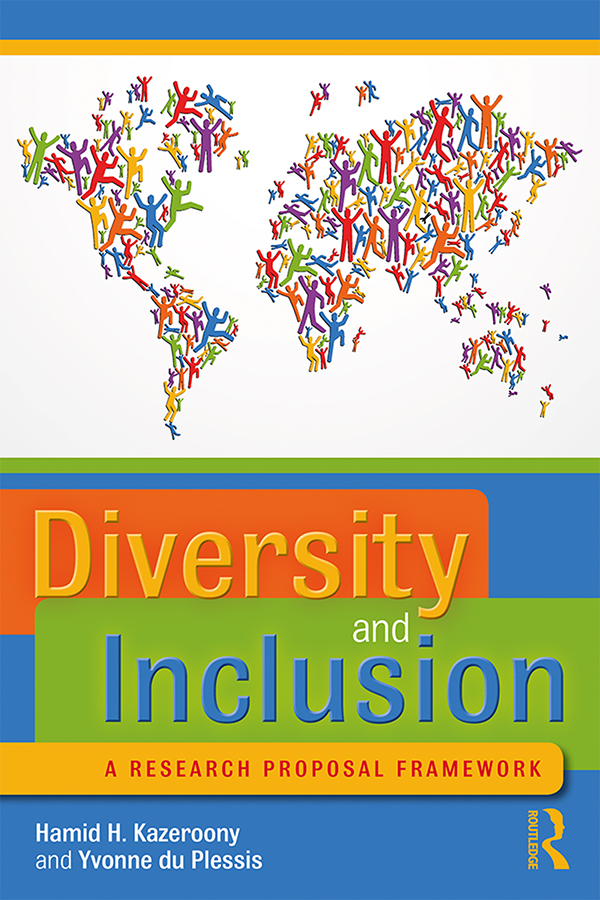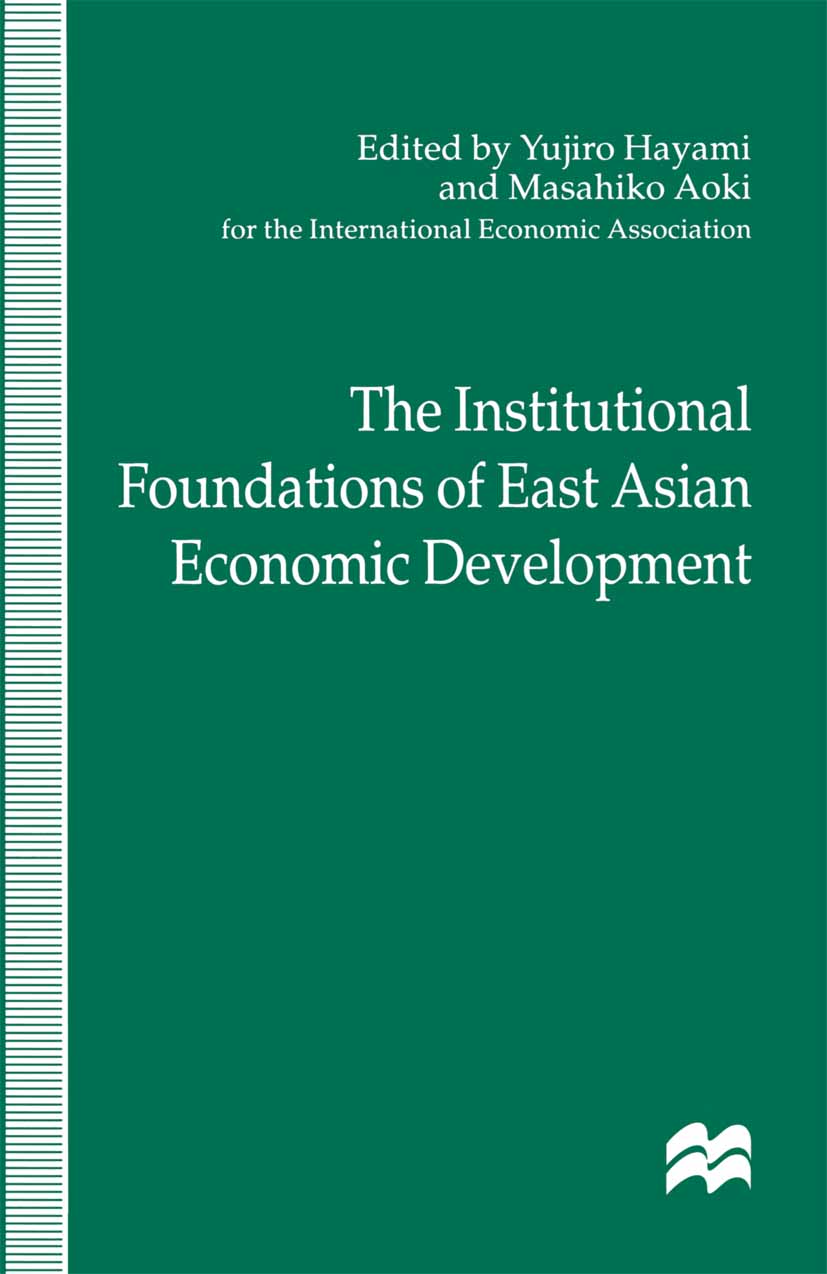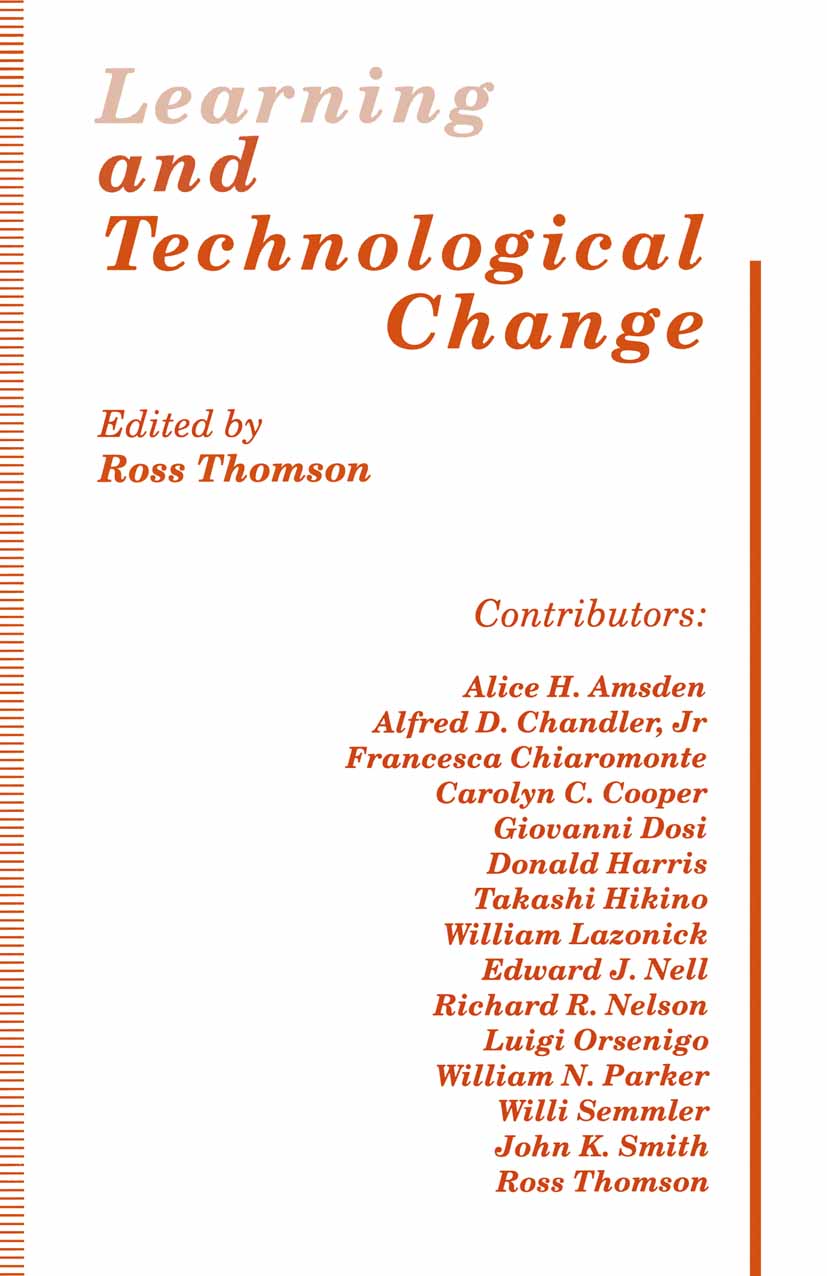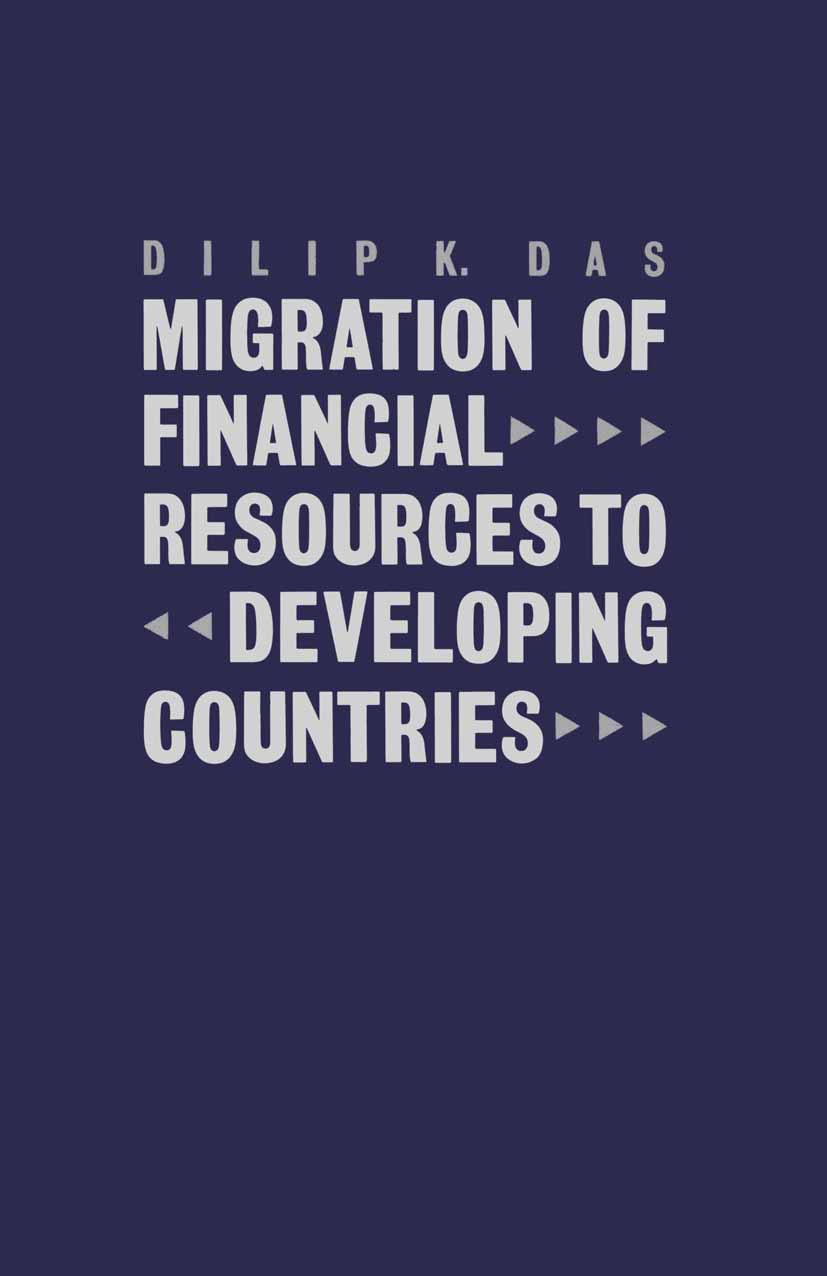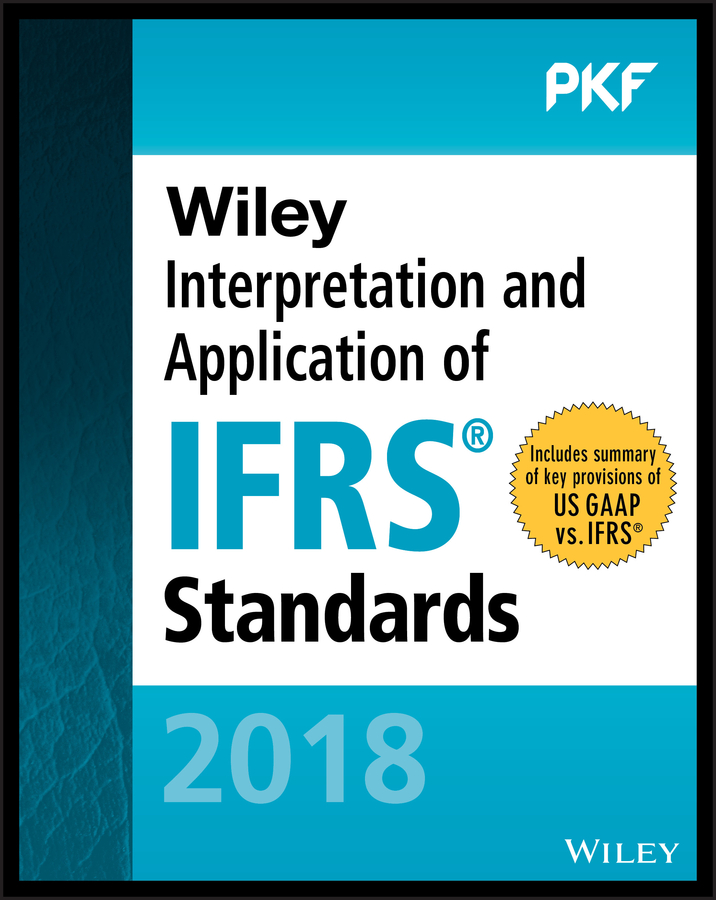Diversity and Inclusion
by Hamid H. Kazeroony
2020-04-20 07:19:32
Aimed at assisting doctoral candidates and early-career researchers and their supervisors globally, this book is the first of its type to address the challenges faced by students when proposing new programs of research in the disciplines of gender, r...
Read more
Aimed at assisting doctoral candidates and early-career researchers and their supervisors globally, this book is the first of its type to address the challenges faced by students when proposing new programs of research in the disciplines of gender, race, identity, indigeneity, and diversity within management and business. The problems researchers face derive from a lack of familiarity with the needed alignment of the methodology, conceptual framework, and the nature of epistemologies used in creating a coherent proposal. This results in project delays and unnecessary time in review as doctoral students and committees attempt to provide the required alignment. Essential reading for students and faculty engaged in these fields of study, the book provides a practical guide on how to navigate through these challenges and to arrive at a workable proposal that meets the requirements of the academy. To assist doctoral students in conducting their research, the book provides narratives that illustrate the complexities of researching gender, race, identity, indigeneity, and diversity in broad terms. It explains the importance of such research in creating positive social change and helping students identify the appropriate conceptual framework, align the problem statement with a purpose, construct the research question and the nature of the study, and identify the correct method to conduct the research. An essential guide for students and doctoral researchers, this book explains the dominant and marginalized epistemological orientations to acquaint doctoral researchers with the effects of their selections on the outcomes of their research. It provides guidance as to the appropriateness of quantitative or qualitative methods based on the selected epistemology and the problem statement.
Less


